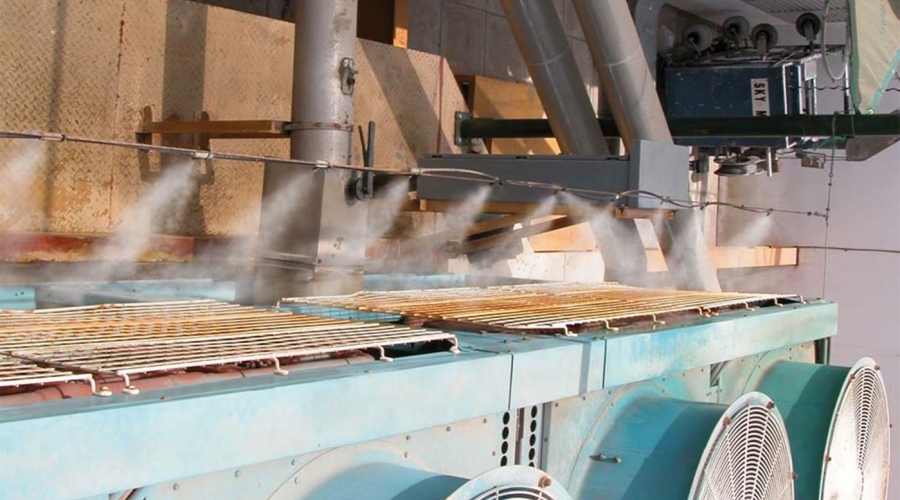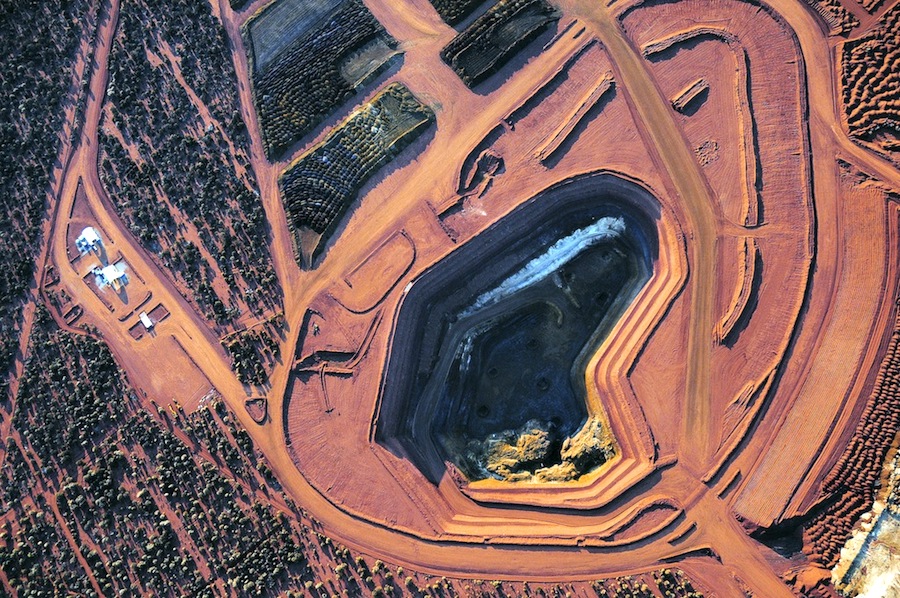Copper is so pricey now that AC manufacturers are switching to aluminum

Copper’s surge to record levels this year is spurring buyers in a key consumer market to mull cheaper alternatives, in an early sign of how high prices might destroy demand.
Consumption is at risk in air conditioners, an industry that accounts for a sizeable portion of global copper demand. The world’s top maker of the equipment, Japan’s Daikin Industries Ltd., plans to replace half of the copper in its units with aluminum by 2025. And in China, a state researcher is working with the country’s top home-appliances groups on using more aluminum.
“The surge in commodity prices, copper in particular, is increasing cost pressures on air-conditioner manufacturers,” Song Jingxue, director at the China Household Electric Appliance Research Institute said by phone. “They can hardly pass that to consumers given low product differentiation, so many of them are considering aluminum as a cheaper option.”
Air conditioners have long been a key destination for copper. In China, the machines make up a big part of the 15% of copper demand that goes to home appliances.
Copper soared to all-time highs in May — and remains elevated — amid speculation that a wave of demand from new-energy sectors will leave buyers short and push prices much higher in coming years. That’s part of sweeping gains for commodities that pushed China’s factory-gate inflation to the highest in 13 years in August, squeezing manufacturers.
Click here for an interactive chart of copper prices
While aluminum has also surged, the moves to cut reliance on copper reflect how they are preparing for long-term risks. Copper accounts for about 20% to 30% of the costs of making an aircon, according to the Chinese institute.
Shifting preferences
Daikin has used aluminum in some machines since 2013 and plans to accelerate the shift given surging copper costs, spokesman Takashi Abe said. It currently uses about 90,000 tons of copper a year, and makes more than 10% of the world’s aircons.
Fujitsu General Ltd., another Japanese producer, is also taking steps to make key copper-intensive parts such as heat exchangers from aluminum, spokesman Takeshi Tobari said.
Copper is usually preferred because of its high conductivity for heat and electricity, but aluminum has merits including lower weight and, typically, lower cost. Copper prices above $10,000 a ton will accelerate efforts at substitution, with heating, cooling and cabling applications at greatest risk, Morgan Stanley said in May.
There isn’t much room for copper to fall given the coming demand boom in industries like electric vehicles, according to Daikin.
Long time
Song’s institute in Beijing is setting up a working group with leading aircon producers including Gree Electric Appliances Inc. and Haier Smart Home Co. to promote the use of aluminum in heat exchangers. In China, aluminum is only used in small parts and in some exported products.
Gree and Haier said they had no specific plans to boost aluminum use in a response to Bloomberg News inquiries.
The biggest obstacle to aluminum adoption, according to Song, is resistance from aircon buyers, because they tend to prefer copper-based machines. This was an issue during previous copper booms in 2005 and 2011 that also drove talk of substitution, he said.
“People tend to think copper is stronger than aluminum, as expensive material is always deemed as better in quality, “ said Song. Plans for substitution “may still take a relatively long time to fulfill given these market hurdles.”
(With assistance from Daniela Wei)
More News
Lynas climbs as trade war roils global markets
April 11, 2025 | 03:02 am
Trade war risks copper investments needed to meet future demand
April 10, 2025 | 03:55 pm
{{ commodity.name }}
{{ post.title }}
{{ post.date }}




Comments